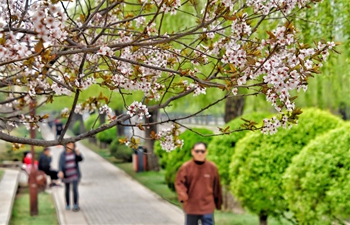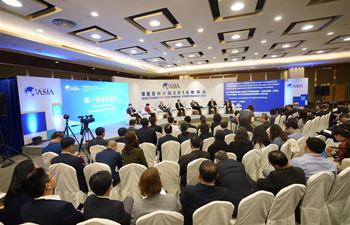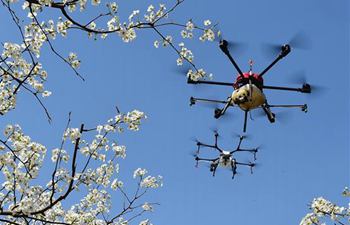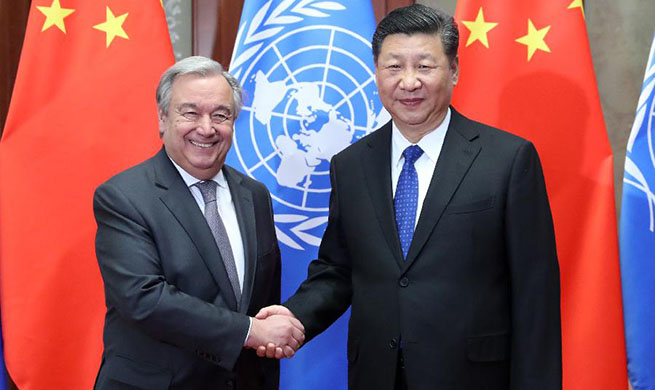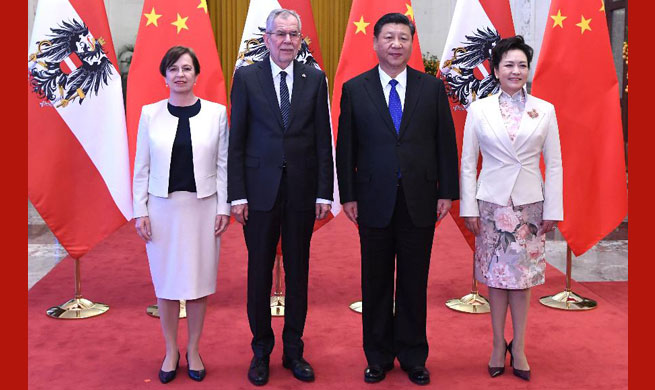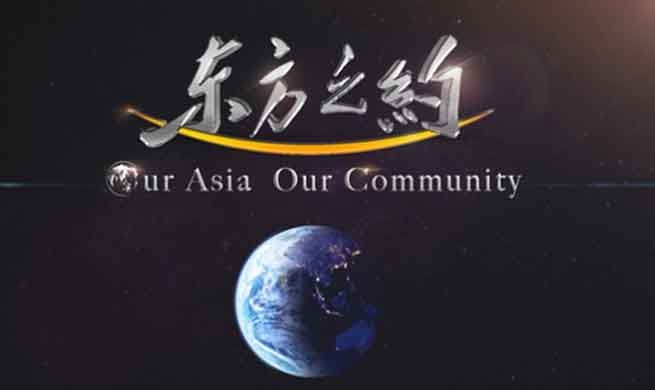BOAO, Hainan, April 9 (Xinhua) -- With a shaky global recovery, increasing protectionism and structural problems, will the economic prospects be bright for China and Asia at large?
Doubts over this question are not so well-grounded if one takes a rational and holistic view of economic fundamentals, according to participants at the Boao Forum for Asia (BFA) annual conference held in the southern island province of Hainan.
Asia will remain the world's fastest-growing region in the coming 20 years, or even by the middle of this century, said Dai Xianglong, former central bank governor of China, at a panel discussion Monday.
"I'm very optimistic," Dai said. "An important reason is strong momentum of development in China."
Despite moderating GDP growth, China is expected to maintain an annual average growth rate of around 6 percent in the next decade, he said.
Moreover, growth will be more consumption-driven and of higher quality, according to Dai.
A strong start for China's economy this year may provide extra assurance to investors and observers.
The official gauge of manufacturing activity stayed in the expansionary zone for the 20th month in a row in March. Electricity consumption growth in the first two months hit a five-year high.
One of the most daunting challenges for China is tackling its debts.
"Though it takes time to cut leverage, China's debt problem will not lead to a financial crisis," said Fan Gang, director of the National Economic Research Institute and a member of the monetary policy committee of the People's Bank of China.
China's government debt is relatively low, while the country has ample domestic savings, he said.
"Don't exaggerate the problem ... we need to contain this financial risk, but it would not cause a financial crisis," Fan said.
"In addition to boost from China, India is also expected to post faster growth, while closer cooperation within the region and the Belt and Road Initiative will bring new opportunities to Asia," Dai said.
Asia is expected to lead the world in economic development, according to the Asian Competitiveness Annual Report 2018 released at the BFA conference. The report cited enhanced driving forces of external growth, transformed internal impetus, and deepened cooperation among economically integrated markets.
In a report released in December 2017, the Center for Economics and Business Research in London said three of the world's four largest economies will be Asian -- China, India and Japan -- by 2032, with China expected to overtake the United States to top the global list by that time.
In the nearer term, risks are looming as the U.S. administration practices protectionism with higher tariff proposals and continues its exit from quantitative easing.
"The Sino-U.S. trade friction poses significant uncertainty for the Asian economy. We should be on our guard against that," Fan said, noting that the whole chain of trade and supply in Asia could be affected.
Zhang Yuyan, a researcher with the Chinese Academy of Social Sciences, highlighted the impact of U.S. interest rate hikes and balance sheet reduction on the short- and medium-term prospects of Asia's economy.
In the meantime, more positive spillover effect from China is expected. Sanjaya Baru, secretary general of the Federation of Indian Chambers of Commerce and Industry, said China's transition to consumption-driven growth and greater market access to the country will create opportunities for other economies in the region.
The contribution of consumption to China's economic growth reached 58.8 percent last year, up from 51.8 percent in 2012. With a fast-growing middle-income population of 400 million and continuous efforts to open up, the country will become an even more important market for the world.
"China's growing role as an importer and investor is something that most developing countries will welcome," Baru said. "The shift from faster growth to healthier growth is good for both China and other developing countries."




